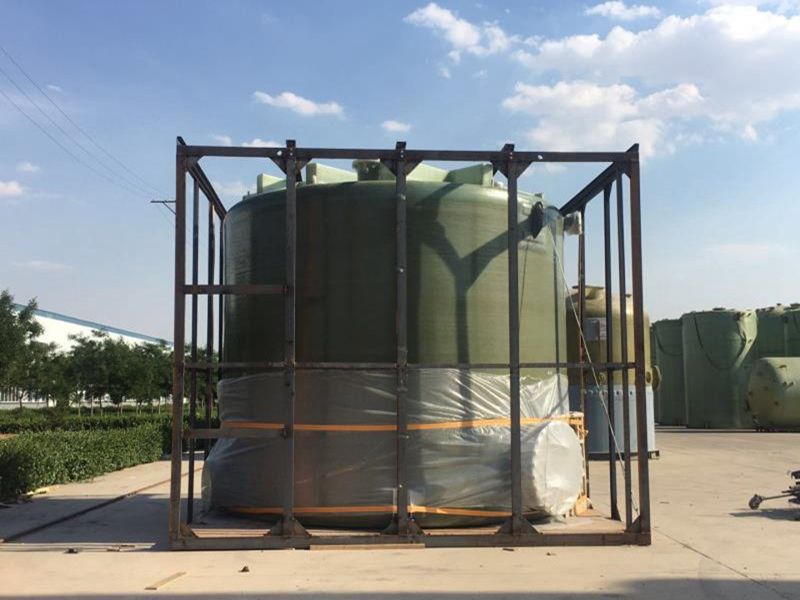
-
 Afrikaans
Afrikaans -
 Albanian
Albanian -
 Amharic
Amharic -
 Arabic
Arabic -
 Armenian
Armenian -
 Azerbaijani
Azerbaijani -
 Basque
Basque -
 Belarusian
Belarusian -
 Bengali
Bengali -
 Bosnian
Bosnian -
 Bulgarian
Bulgarian -
 Catalan
Catalan -
 Cebuano
Cebuano -
 China
China -
 China (Taiwan)
China (Taiwan) -
 Corsican
Corsican -
 Croatian
Croatian -
 Czech
Czech -
 Danish
Danish -
 Dutch
Dutch -
 English
English -
 Esperanto
Esperanto -
 Estonian
Estonian -
 Finnish
Finnish -
 French
French -
 Frisian
Frisian -
 Galician
Galician -
 Georgian
Georgian -
 German
German -
 Greek
Greek -
 Gujarati
Gujarati -
 Haitian Creole
Haitian Creole -
 hausa
hausa -
 hawaiian
hawaiian -
 Hebrew
Hebrew -
 Hindi
Hindi -
 Miao
Miao -
 Hungarian
Hungarian -
 Icelandic
Icelandic -
 igbo
igbo -
 Indonesian
Indonesian -
 irish
irish -
 Italian
Italian -
 Japanese
Japanese -
 Javanese
Javanese -
 Kannada
Kannada -
 kazakh
kazakh -
 Khmer
Khmer -
 Rwandese
Rwandese -
 Korean
Korean -
 Kurdish
Kurdish -
 Kyrgyz
Kyrgyz -
 Lao
Lao -
 Latin
Latin -
 Latvian
Latvian -
 Lithuanian
Lithuanian -
 Luxembourgish
Luxembourgish -
 Macedonian
Macedonian -
 Malgashi
Malgashi -
 Malay
Malay -
 Malayalam
Malayalam -
 Maltese
Maltese -
 Maori
Maori -
 Marathi
Marathi -
 Mongolian
Mongolian -
 Myanmar
Myanmar -
 Nepali
Nepali -
 Norwegian
Norwegian -
 Norwegian
Norwegian -
 Occitan
Occitan -
 Pashto
Pashto -
 Persian
Persian -
 Polish
Polish -
 Portuguese
Portuguese -
 Punjabi
Punjabi -
 Romanian
Romanian -
 Russian
Russian -
 Samoan
Samoan -
 Scottish Gaelic
Scottish Gaelic -
 Serbian
Serbian -
 Sesotho
Sesotho -
 Shona
Shona -
 Sindhi
Sindhi -
 Sinhala
Sinhala -
 Slovak
Slovak -
 Slovenian
Slovenian -
 Somali
Somali -
 Spanish
Spanish -
 Sundanese
Sundanese -
 Swahili
Swahili -
 Swedish
Swedish -
 Tagalog
Tagalog -
 Tajik
Tajik -
 Tamil
Tamil -
 Tatar
Tatar -
 Telugu
Telugu -
 Thai
Thai -
 Turkish
Turkish -
 Turkmen
Turkmen -
 Ukrainian
Ukrainian -
 Urdu
Urdu -
 Uighur
Uighur -
 Uzbek
Uzbek -
 Vietnamese
Vietnamese -
 Welsh
Welsh -
 Bantu
Bantu -
 Yiddish
Yiddish -
 Yoruba
Yoruba -
 Zulu
Zulu
fiberglass grating
Understanding Fiberglass Grating An Essential Material for Modern Applications
Fiberglass grating has emerged as a vital material in various sectors such as construction, industrial, and infrastructure. Its unique properties make it an ideal choice for applications where strength, corrosion resistance, and lightweight characteristics are essential. This article explores the advantages, manufacturing processes, applications, and future potential of fiberglass grating.
What is Fiberglass Grating?
Fiberglass grating is a type of flooring material composed of a polymer matrix reinforced with glass fibers. This composite material is created through a process known as pultrusion, where the fiberglass is drawn through resin and then cured to form a strong, durable product. The resultant grating features a series of interconnected bars or rods that create a grid-like structure, offering both support and drainage.
Advantages of Fiberglass Grating
1. Corrosion Resistance One of the most significant benefits of fiberglass grating is its resistance to corrosion. Unlike traditional materials like steel, fiberglass does not rust or corrode when exposed to harsh environments, chemicals, or moisture. This property makes it well-suited for use in chemical plants, waste treatment facilities, and coastal areas.
2. Lightweight Fiberglass grating is much lighter than metal options, which simplifies transportation and installation. This feature reduces labor costs and allows for easier handling, especially in hard-to-reach areas.
3. High Strength-to-Weight Ratio Despite its lightweight nature, fiberglass grating possesses a high strength-to-weight ratio, making it suitable for heavy loads without adding unnecessary weight to the structure.
4. Slip Resistance The surface of fiberglass grating can be textured or coated to provide excellent slip resistance, making it a safe choice for walkways, platforms, and stairs, especially in wet or oily conditions.
5. Low Maintenance Fiberglass grating requires minimal maintenance compared to traditional materials. Its inherent resistance to weathering means that it retains its appearance and structural integrity over time, minimizing the need for repairs or replacements.
Manufacturing Process
The manufacturing of fiberglass grating involves several key steps
fiberglass grating

- Resin Selection Different types of resins, such as polyester or vinyl ester, are chosen based on the specific application requirements. These resins determine the grating's chemical resistance and strength.
- Pultrusion Continuous fiberglass strands are drawn through a resin bath and then into a heated die where they are cured. This process creates the fiberglass composite with the desired shapes and sizes.
- Cutting and Finishing Once cured, the grating is cut to size and any finishing processes, such as additional texturing or surface treatment, are applied.
Applications
Fiberglass grating is utilized in a wide range of applications across various industries
- Industrial Settings It is commonly found in manufacturing plants, power generation facilities, and oil refineries due to its durability and corrosion resistance.
- Infrastructure Municipalities employ fiberglass grating for pedestrian walkways, bridge decks, and wastewater treatment plants where traditional materials would quickly degrade.
- Marine Environments Its anti-corrosive properties make it ideal for marinas and docks, offering safe and reliable surfaces in saltwater environments.
- Commercial Applications Retail spaces, such as shopping malls and restaurants, use fiberglass grating for aesthetic purposes while ensuring safety and functionality.
Future Potential
The future of fiberglass grating appears promising as industries increasingly seek sustainable and resilient materials. Ongoing advancements in resin technology and manufacturing processes may lead to even more efficient and environmentally friendly options. Moreover, as global infrastructure continues to age, the demand for durable, low-maintenance solutions like fiberglass grating is expected to rise.
In conclusion, fiberglass grating represents a comprehensive solution for modern construction and manufacturing needs, combining strength, low weight, corrosion resistance, and versatility. As industries evolve, embracing new materials such as fiberglass grating will be crucial in building a sustainable future. Whether used in industrial, commercial, or residential projects, its benefits are clear, making it an indispensable component in contemporary design and engineering.









